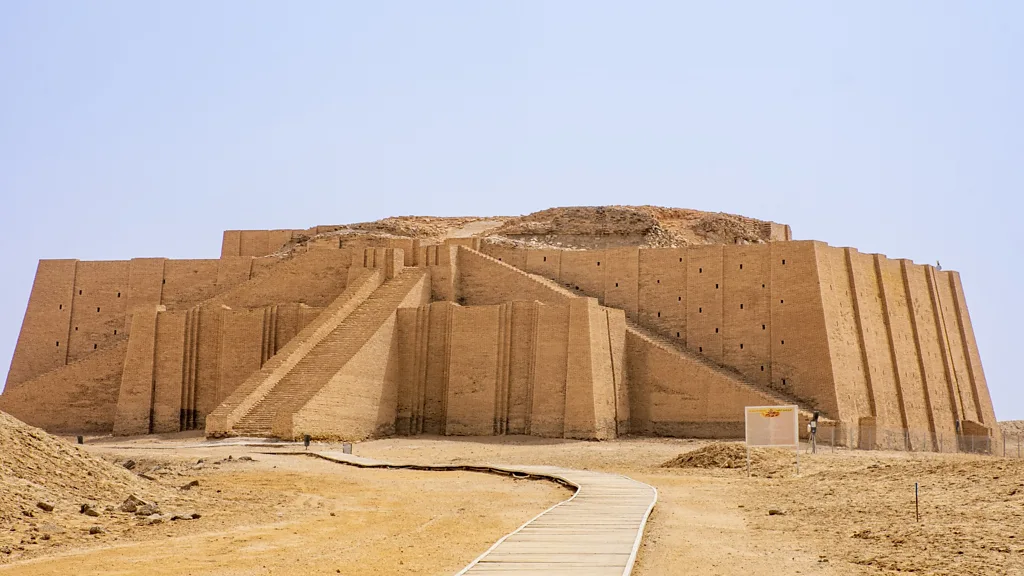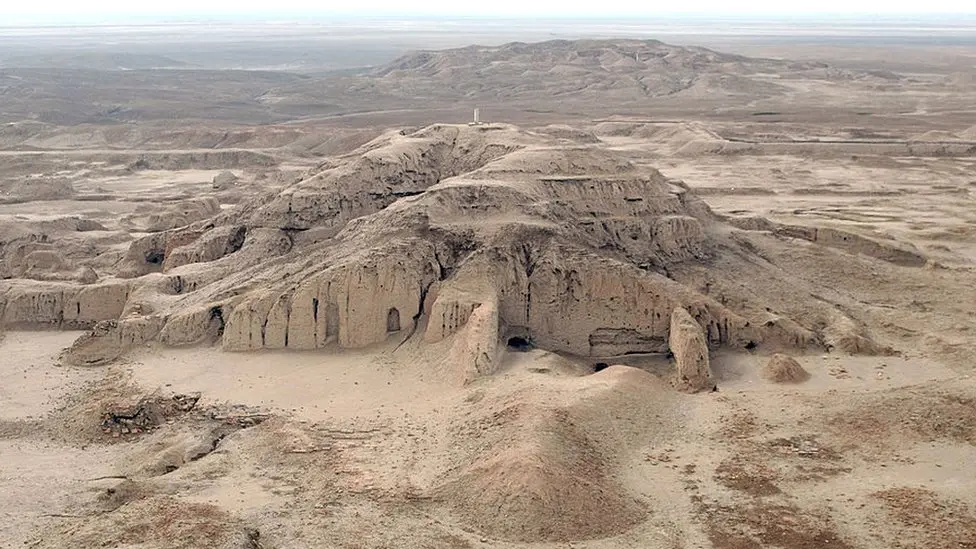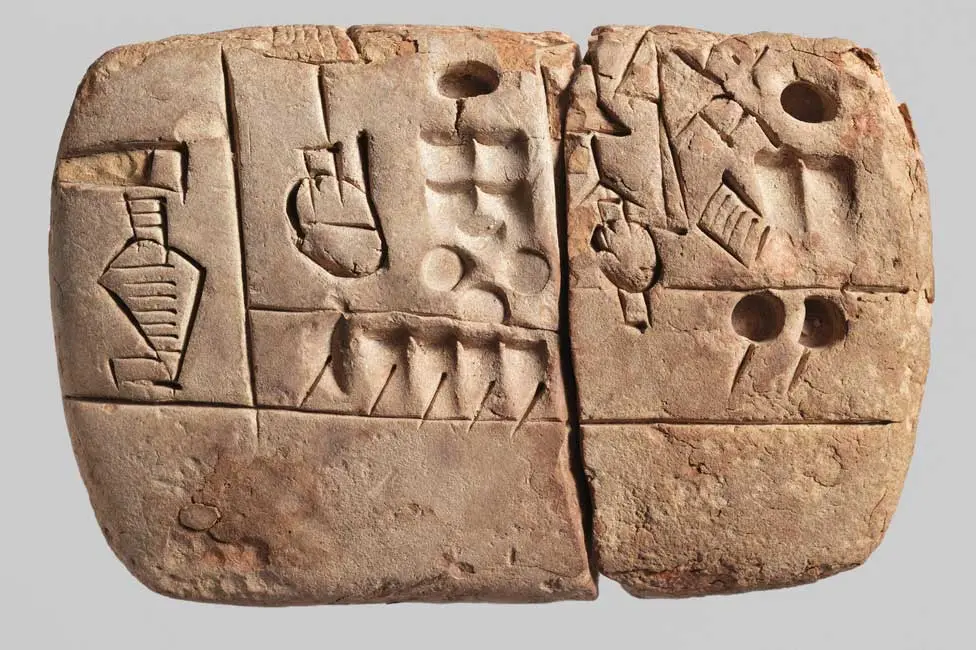Ancient mesopotamia
Ancient mesopotamia is a tract of land following the Tigris and Euphrates rivers which run through modern day Iraq and Syria. It's often called the cradle of civilization, and as far as we know, is the birth place of cities.
Some of the cities of this region are mind boggling old. For example, the city of Eridu is thought to have been founded 7500 years ago.

Reconstructed Ziggurat of Ur in modern day Iraq
These cities were able to flourish because of clever irrigation that channeled river water rich in silt deposits from the Euphrates and Tigris which made the soil incredibly fertile. However, the same hand that giveth, also taketh: These silt deposits contained salts, which over centuries built up and rendered the soil infertile.

The ruins of Uruk and other Mesopotamian cities were littered with mysterious little clay objects
The history is long and fascinating - but I won't get into it too much here. The Fall of Civilizations podcast has a couple of great episodes for anyone interested: The Sumerians & The Assyrians
I wanted to talk about briefly about one of the oldest forms of money. Money that was used before gold and silver and coins. The Clay Tablet.

Ancient peoples used clay tablets as a way to keep track of grain trades. These clay tablets started a system similar to modern banking. They were used to record transactions and introduced a new way of trusting and keeping promises.
There's a great article here explaining how this worked in more detail: https://www.bbc.com/news/business-39870485
Of course, these tablets would have held significant counter-party risk. What if there wasn't enough grain to go around? What if more tablets were issued than could be redeemed? What if the city was besieged or destroyed and the owner had to fee?
Additionally, these tablets would have only been valid in the city in which they were issued. For this reason, as inter-city trade increased, and gold and silver coins were invented, coins started to become the predominant form of money.
Bitcoin offers the same ledger capabilities as clay tablets as well as the same bearer-asset properties as gold. Bitcoin takes the best of all historic monies, and combines them into one. We've come a long way from the days of clay tablets.
